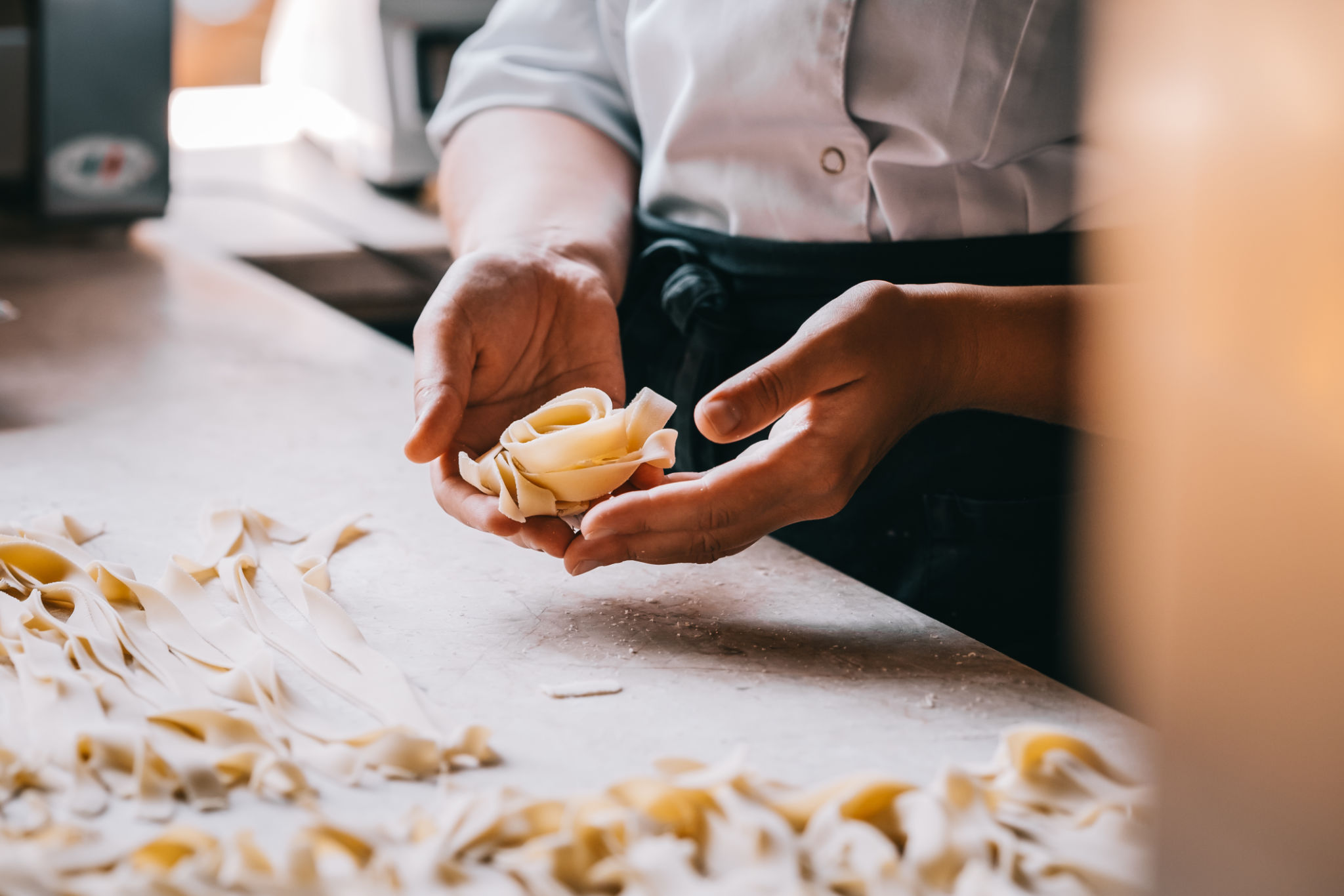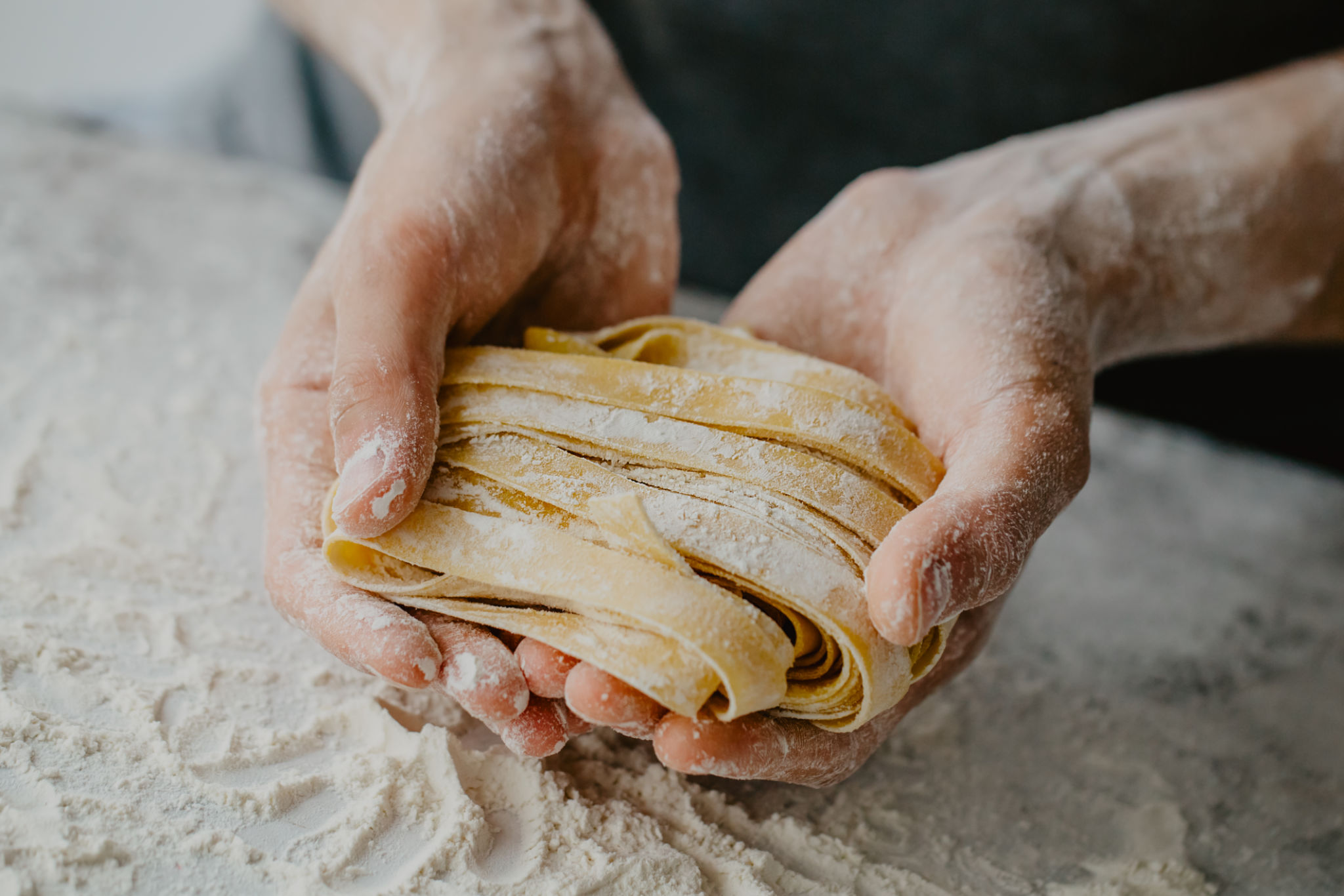Debunking Common Pasta Making Myths: What You Really Need to Know
When it comes to pasta making, there are countless myths and misconceptions that can intimidate even the most seasoned home cook. While some might think that crafting the perfect pasta is an art reserved for Italian chefs, the truth is anyone can master it with the right knowledge and techniques.
The Myth of the Perfect Flour
One of the most common myths is that you need a special type of flour to make pasta. While traditional pasta recipes often call for "00" flour, which is finely milled and perfect for pasta, many home cooks achieve excellent results with all-purpose flour. The key is understanding the texture and consistency of your dough and adjusting as needed.
Experimenting with different types of flour can lead to unique textures and flavors. Consider mixing semolina with all-purpose flour for a robust, slightly nutty taste. Remember, it's not about sticking to one type of flour but finding what works best for your preferences.

Water Temperature Matters
A surprising myth is that the water temperature used in pasta dough affects the outcome. Some believe that cold water is essential for tender dough, while others swear by warm water. In reality, the temperature of the water has little impact on the final product. What's more crucial is how you knead and rest the dough.
Kneading helps develop gluten, which provides structure and elasticity. After kneading, allowing the dough to rest is vital. This resting period lets the gluten relax, making it easier to roll out thinly.
No Need for a Pasta Machine
Many people are under the impression that a pasta machine is necessary for making pasta at home. While a machine can simplify the process, it's not indispensable. A simple rolling pin and a bit of elbow grease can achieve similar results.
Hand-rolling pasta allows for greater control over thickness and texture. It also provides a more rustic feel, reminiscent of traditional homemade pastas. Embrace the simplicity and enjoy the tactile experience of creating pasta by hand.

Salted Water Is a Must
Another widespread myth is that you must add salt to your pasta dough. In truth, salt is best added to the cooking water rather than the dough itself. Salted water enhances the flavor of the pasta as it cooks, ensuring each strand is perfectly seasoned.
Be generous with the salt in your cooking water—think of it as seawater salty. This step is crucial in elevating the flavor profile of your finished dish.
Fresh Pasta Is Always Better
While fresh pasta is often hailed as superior, this isn't always the case. Both fresh and dried pastas have their own unique benefits and uses. Fresh pasta is ideal for rich, creamy sauces or fillings like ravioli, while dried pasta excels in hearty dishes with robust sauces.

Understanding when to use each type will help you maximize their potential in your cooking endeavors. Embrace both varieties and enjoy the diverse culinary experiences they offer.
By debunking these common myths, you can approach pasta making with confidence and creativity. Remember, there are no hard and fast rules—only guidelines to explore and adapt to suit your tastes. So roll up your sleeves and dive into the delicious world of homemade pasta.